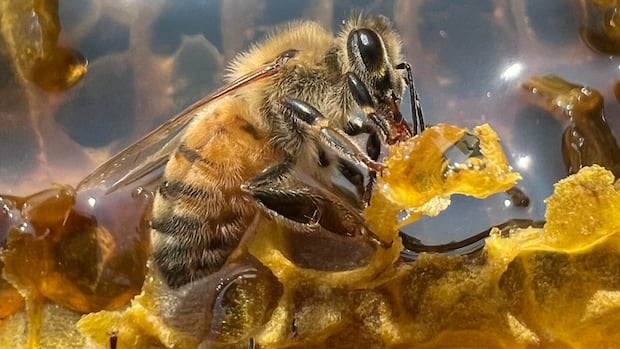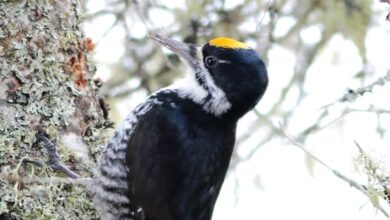Like real-life Dr. Dolittles, scientists are using AI to decode animal communication

Decoding Animal Communication with AI
Bottlenose dolphins are known for their intelligence, and researchers are now exploring the possibility of communicating with them in their own language. Using artificial intelligence, scientists from the Woods Hole Oceanographic Institution (WHOI) in Massachusetts and the Sarasota Dolphin Research Program in Florida are delving into the meaning behind dolphin whistles.
Frants Havmann Jensen, an investigator at WHOI’s Marine Research Facility, explained that their goal is not just to identify the sounds dolphins make but to uncover the structure, function, and meaning behind their communication. This research has earned them the Coller Dolittle Challenge for Interspecies Two-Way Communication, which recognizes groundbreaking scientific advancements in human-animal communication.
Yossi Yovel, who led the judging panel for the prize, emphasized the importance of understanding communication across species to better grasp the evolutionary roots of language. The Sarasota Dolphin Research Program has been studying a wild dolphin population since 1970, amassing a database of sounds from over 300 dolphins. These dolphins have distinct signature whistles, which serve as their equivalent of a human name.
AI plays a crucial role in decoding dolphin communication by detecting shared whistle types and patterns. By analyzing large datasets, researchers can infer the meaning behind these sounds and potentially decipher how dolphins organize signals to form what could be considered sentences.
Another team of researchers, led by Sophie Cohen-Bodénès at Washington University in St. Louis, is using AI to analyze cuttlefish arm wave signals, a form of sign language. Through behavioral experiments, they aim to understand how cuttlefish interpret these signals using vision and vibrations.
While AI is a powerful tool in decoding animal communication, Yovel cautions that human observations may be limited or incorrect when interpreting these findings. He believes that while humans may one day be able to communicate with animals, the complexity of human language may set it apart from other animal communication systems.
Ultimately, the research aims to deepen our understanding of animal communication, improve animal welfare, and enhance conservation efforts. By studying and decoding these communication systems, researchers hope to shed light on the intricate ways in which different species interact and communicate with each other.




